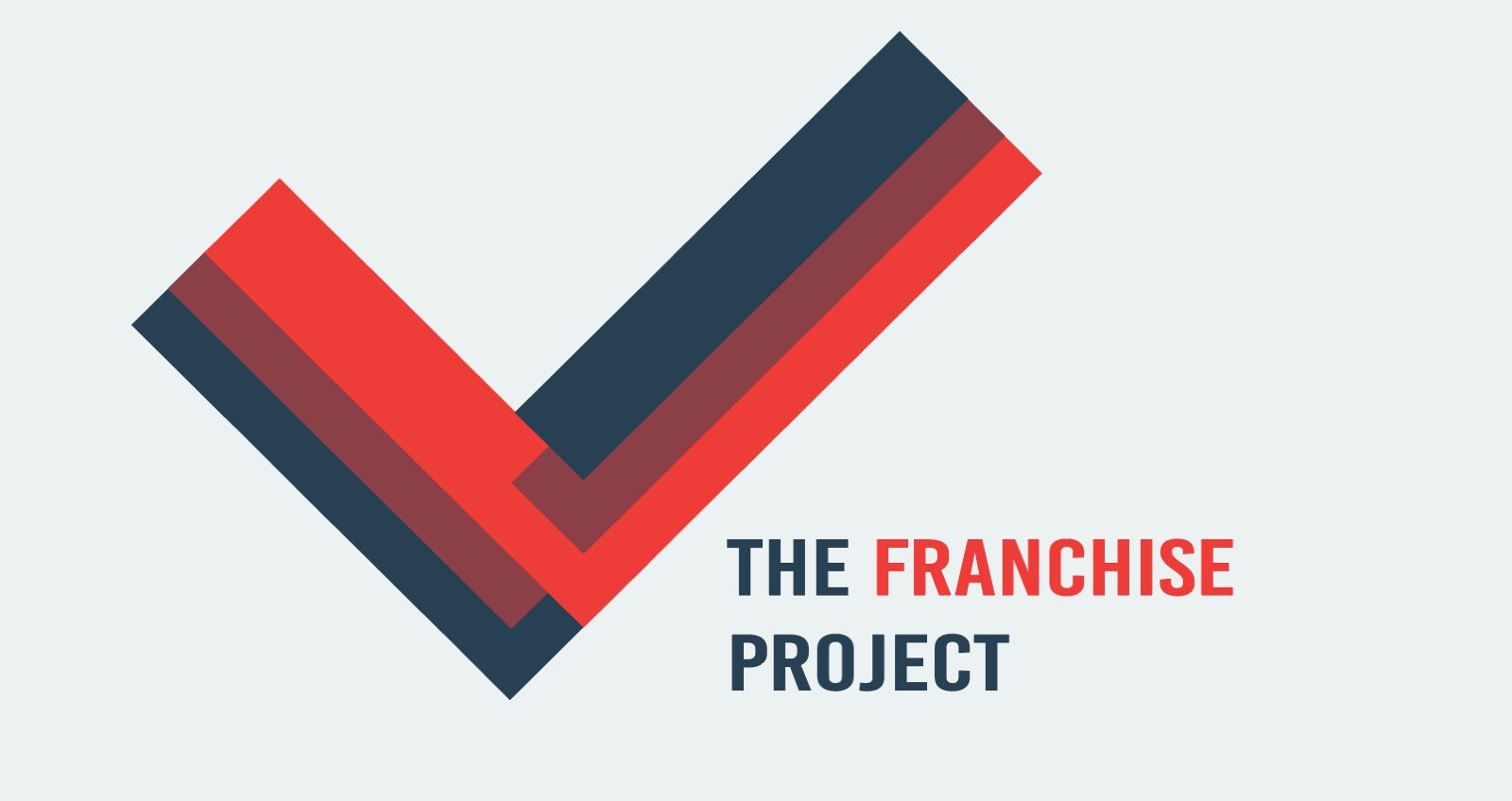By now, it is clear that the wave of photo identification laws enacted in states across the U.S. in the past decade is a partisan tactic intended to decrease voter turnout by targeting traditional Democratic constituencies like minorities—particularly those who are poor and elderly—and college students rather than a noble crusade to ensure the integrity of elections. Proponents of photo ID laws have even admitted that this is their goal. Courts have found this to be the intent of photo ID laws. And, studies suggest that photo ID laws have had this effect so far.
This all makes for a pretty bleak situation for defenders of voters’ rights, particularly if they live in states that have passed photo identification legislation. It’s important to recognize, however, that not all photo identification laws are created equal. While these laws share a common intent, the means by which they reach this goal vary. States with photo identification laws have wildly different definitions of acceptable identification, which are typically the topic of great debate as the laws are being designed. But states also vary significantly in their procedures for handling voters who lack identification.
Among ID-requiring states, the most popular measure for dealing with voters without identification is to allow them to cast a provisional ballot, usually with the requirement that they verify their identities in the days following the election. Arizona and Mississippi, for example, will allow any citizens without ID to complete a provisional ballot and will count the ballot if they provide ID to an election official in the next 5 days.
But some states will allow a voter without identification to cast a regular ballot if he or she signs an affidavit or takes an oath attesting to his or her identity. For instance, Delaware, Idaho, Kentucky, and Michigan all permit a regular ballot after signing a document confirming the voter’s identity. In Connecticut, Hawaii, Louisiana, and South Dakota, voters without identification are asked to verify personal information like a date of birth and address before they are allowed to cast a ballot. New Hampshire requires ID-less voter to return a mailing following the election confirming their vote, but their vote is recorded on a regular ballot, not a provisional one. And, election officials in Alabama, Alaska, and Missouri can even waive identification requirements if they know the voter. The National Council of State Legislatures has a detailed overview of each state’s specific regulations here.
Obviously, it is important to continue to work to block or repeal photo ID legislation that serves to disenfranchise. But affidavits and other options for voters without identification present opportunities to mobilize and protect the right to vote in the face of a wave of voter suppression legislation. One of the more pernicious aspects of voter suppression laws is that they don’t actually need to disqualify voters to succeed. The presence of additional barriers and punishments can create fear and confusion, deterring otherwise qualified voters from participating in elections. Minority groups whose right to vote has historically been challenged and those whose lack of resources makes voting a costly affair are most affected by this uncertainty. Making all options widely known and well-understood helps to combat misinformation and to restore tentative voters’ convictions that they are entitled to their vote.
Take action! Learn whether your state has a photo ID law and how to combat it at our guide to take action.
